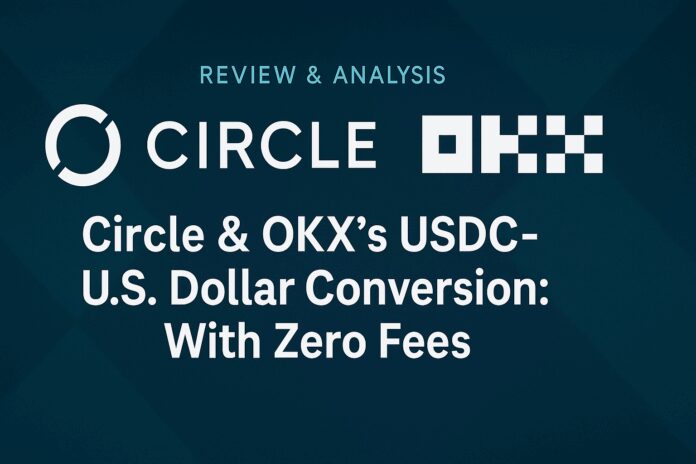Circle and OKX have announced they will offer zero-fee conversions between USDC and U.S. dollars for verified institutional customers on OKX’s platform. The move, reported by Cointelegraph, is being framed as a push toward greater stablecoin utility and accessibility — but it may also reflect mounting pressure in the stablecoin market and broader structural challenges facing centralized issuers.
This partnership marks the first direct integration of Circle’s infrastructure on a major exchange, enabling off- and on-ramping of fiat and USDC at 1:1 parity with no spread, fee, or delay.
Why This Matters: Stablecoin UX Still Has a Fiat Problem
The stablecoin narrative has always promised “digital dollars with instant settlement and global reach.” But beneath the marketing, the fiat-side experience has often been clunky, slow, and costly. Users have been charged:
- Conversion fees
- Wire transfer costs
- FX spreads
- Delays tied to banking hours and settlement windows
This joint offering by Circle and OKX attacks those pain points directly. For institutional clients, it removes friction and cost — while giving OKX a strategic edge over competitors that still charge for stablecoin conversions.
But it also raises a question: Why now?
Context: Circle’s Distribution Strategy Under Pressure
While Circle’s USDC is still the second-largest stablecoin by market cap, its dominance has eroded. Tether’s USDTcontinues to dominate global volumes, particularly in Asia and emerging markets, where OKX operates heavily.
Circle’s response has been a combination of:
- Regulatory alignment (MiCA compliance in the EU)
- Strategic partnerships (Coinbase, MoneyGram, now OKX)
- Native integrations into exchanges and fintechs (e.g. Robinhood)
This move signals a renewed focus on direct distribution. If Circle wants to win the real-world payments and B2B settlement markets, it must make on/off-ramping as seamless as using a bank account — especially for institutions.
What Does OKX Gain?
From OKX’s perspective, this is a classic user acquisition and retention strategy. By eliminating fees for converting USDC to fiat, OKX positions itself as:
- A fiat gateway for crypto-native institutions
- A compliant partner with direct access to Circle’s infrastructure
- A liquidity-rich venue in stablecoin-denominated trading pairs
The feature is limited to institutional users with verified accounts, signaling a focus on high-volume clients rather than retail.
A Strategic Move — But a Contained One
Critically, this is not a broad “no-fee for all” campaign. The offer is:
- Institution-only
- Tied to KYC and compliance checks
- Dependent on access to Circle’s settlement infrastructure
This means the average retail trader is unaffected. It’s more about deepening liquidity and strengthening on-chain/off-chain rails for whales, funds, and large counterparties.
Risks and Limitations
- Regulatory Overlap: Circle and OKX are both navigating complex global regulatory frameworks. Offering zero-fee fiat conversions could attract scrutiny if AML/KYC protocols aren’t airtight.
- Volume Uncertainty: It’s unclear how much demand actually exists for USDC-fiat conversion at scale on OKX, particularly outside the U.S. where USDT remains dominant.
- Revenue Trade-Off: Waiving fees removes a monetization stream. OKX must be betting that increased liquidity, volumes, and onboarding justify the loss — a strategy not all exchanges can afford.
Conclusion: A Tactical Win, Not a Game-Changer
The zero-fee USDC conversion feature is a smart, tactical play by Circle and OKX. It sends a message of usability, regulatory readiness, and platform sophistication. It also highlights the growing importance of direct fiat access in stablecoin ecosystems — a key battleground for 2025 and beyond.
But unless replicated across more platforms and opened to retail, this move remains symbolic more than systemic. The real war for stablecoin dominance will be won on mainstream utility, global regulatory compliance, and cross-border FX applications — not just spread-free liquidity.
Still, in the quiet race to make digital dollars usable, this is a clear step in the right direction.



